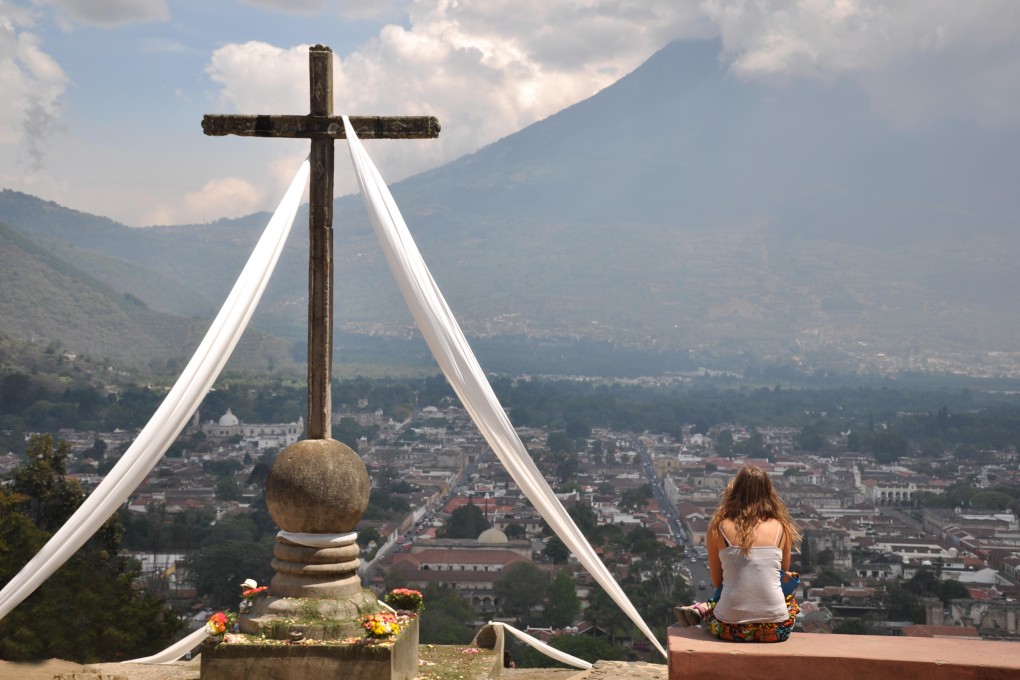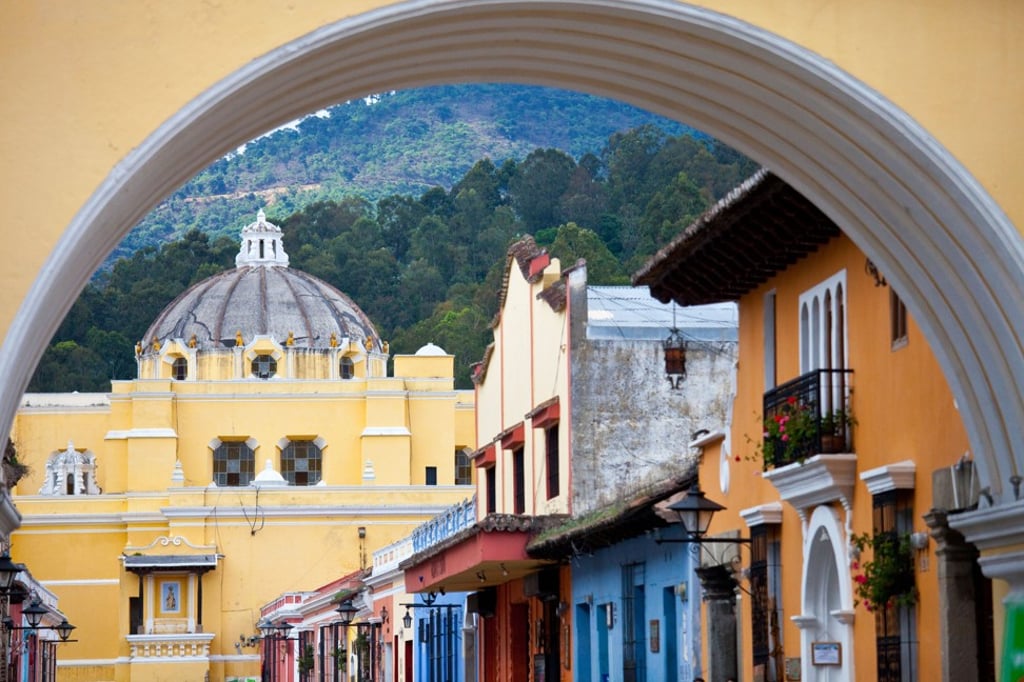Antigua, Guatemala: the good, bad and ugly sides to the Central American city for tourists
- Comfortable climate, affordable living costs, excellent restaurants and relative safety make Antigua a destination of choice
- However, Guatemala is ranked among the countries most at risk from natural disasters, with a volcano in June last year claiming 194 lives

The Good
September 15 is Guatemala Independence Day. Celebrations get off to a flying start with the Running of the Torch, an Olympic flame-style relay that takes place on the 14th. Then the revelry begins in earnest, with parades, marching bands, dancing and the obligatory fireworks displays. The festivities carry on long into the night, fuelled by high spirits and Guatemalan spirits. Quezalteca is the firewater of choice in these parts.
Antigua (not to be confused with the island that is part of the Caribbean nation of Antigua and Barbuda) served as the capital of Guatemala until it was flattened by an earthquake in 1773, but the city was rebuilt and today it’s the highlight of any trip to Central America. Surrounded by three vivacious volcanoes and renowned for its comfortable climate, affordable living costs, excellent restaurants and zippy Wi-fi, Antigua is a hit with everyone from backpackers to retirees. It’s also one of the safest travel destinations in the region.
Sooner or later everyone gravitates to Plaza Mayor. Enclosed by imposing Spanish colonial architecture, the square was once a gathering place for military parades, floggings and bullfights. These days, children chase each other around the fountain, canoodling couples exchange coy glances and old-timers sit around grumbling about the same cost of living that foreigners find so appealing. Handicraft sellers in traditional clothing stack their merchandise high on colourful blankets. The predominantly indigenous vendors are eager to cut a deal but you’ll have to haggle in Spanish.

Fear not if you find yourself tongue tied, Antigua has a reputation as one of the best places on the continent in which to brush up on survival Spanish. For long-term residents and travellers planning to spend an extended period in Latin America, a smattering of the language is essential. And there’s no need to scour the city in search of a school. Soon after you arrive, someone will sidle up in the manner of a drug dealer: “Psssst. Spanish lessons?”
Early morning is the best time for a 30-minute stroll up Cerro de la Cruz (“hill of the cross”), where sweeping city vistas are complemented by the profile of Volcán de Agua looming in the distance. Another must-see for photographers is Santa Catalina Arch. Antigua’s best-known landmark was built in the 17th century and contains a hidden passageway that enabled nuns to walk between buildings without venturing onto the street. Visit at dusk, when it’s lit up. Afterwards, wander over to Cathedral de Santiago, which is similarly illuminated.
